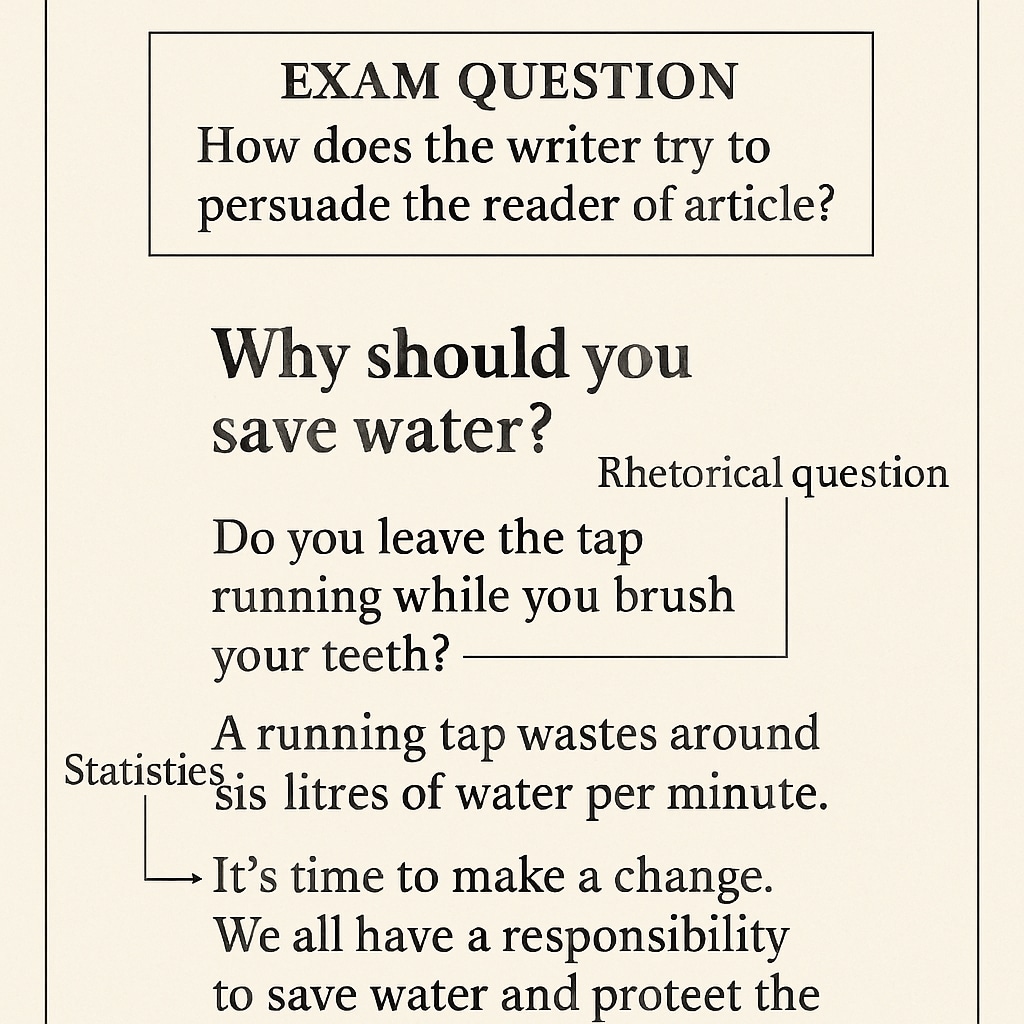Functional skills English reading exams often challenge students with one key task: identifying the purpose of a text. Whether the text is designed to inform, explain, or persuade, understanding its intent is crucial for effective reading comprehension. However, many students struggle to distinguish between these purposes, which can lead to confusion and lost marks. In this article, we will break down the common text purposes, offer practical strategies to identify them, and provide tips to excel in your functional skills English exams.
Understanding the Three Main Text Purposes
Before diving into strategies, it’s essential to familiarize yourself with the three most common purposes of texts in functional skills English reading exams:
- To Inform: Informative texts aim to provide factual information. Examples include news articles, reports, and instructional guides. These texts often use straightforward and neutral language.
- To Explain: Explanatory texts go a step further by clarifying how or why something happens. These texts often include cause-and-effect relationships, step-by-step instructions, or detailed descriptions.
- To Persuade: Persuasive texts aim to influence the reader’s opinion or encourage them to take action. Common examples are advertisements, opinion pieces, and campaign materials. These texts often use emotive language, rhetorical questions, and evidence to support their arguments.
Understanding these distinctions is the first step to confidently identifying a text’s purpose.

How to Identify Text Purpose in Functional Skills English Reading Exams
Identifying the purpose of a text is not always straightforward. Authors may blend multiple purposes or use subtle techniques to convey their intent. Here are some strategies to help you:
1. Examine the Title and Subheadings
The title and subheadings often provide clues about the text’s purpose. For example, a title like “Top 10 Ways to Save Energy” suggests an informational or explanatory intent, while “Why Renewable Energy is the Future” likely aims to persuade.
2. Analyze the Tone and Language
The tone and word choice can reveal much about a text’s purpose:
- Neutral and factual language often indicates an informative text.
- Clear explanations with logical sequencing suggest an explanatory text.
- Emotive and persuasive language, such as “you must act now,” points to a persuasive text.
3. Look for Structural Features
Pay attention to how the text is structured:
- Informative texts often use bullet points, headings, or numbered lists to organize facts.
- Explanatory texts might include diagrams, flowcharts, or cause-and-effect language (e.g., “as a result,” “therefore”).
- Persuasive texts frequently use rhetorical questions, anecdotes, or direct calls to action (e.g., “Sign up today!”).
4. Consider the Audience
Ask yourself, “Who is this text written for?” If the text targets a general audience with facts, it is likely informative. If it addresses a specific group with a call to action, it is probably persuasive.
5. Check for Evidence and Examples
Persuasive texts often use statistics, quotes, or testimonials to support their arguments. Informative texts rely on verified facts, while explanatory texts include examples to clarify concepts.

Practical Tips for Exam Success
To further improve your performance in functional skills English reading exams, consider these practical tips:
- Practice Regularly: Read a variety of texts and try to identify their purposes. Over time, you’ll develop a sharper eye for textual clues.
- Highlight Keywords: During the exam, underline or highlight words that indicate purpose, such as “explains,” “argues,” or “demonstrates.”
- Use Past Papers: Familiarize yourself with past exam questions to understand the types of texts and questions you might encounter.
- Time Management: Allocate enough time to carefully read and analyze each text. Avoid rushing, as this can lead to misinterpretation.
By following these tips and the strategies outlined above, you can approach your functional skills English reading exams with confidence and clarity.
Conclusion: Mastering Text Purpose for Better Comprehension
Understanding the purpose behind a text is a crucial skill for functional skills English reading exams. By recognizing whether a text aims to inform, explain, or persuade, you can engage with its content more effectively and answer related questions with precision. Practice, patience, and the strategies discussed in this article will help you become a more proficient and confident reader.
For more information on reading comprehension strategies, check out resources like Reading Comprehension on Wikipedia or Literacy on Britannica.
Readability guidance: Use short paragraphs and lists to summarize key points; incorporate transition words to maintain flow; and reinforce key concepts with examples. Avoid overloading with technical jargon.


